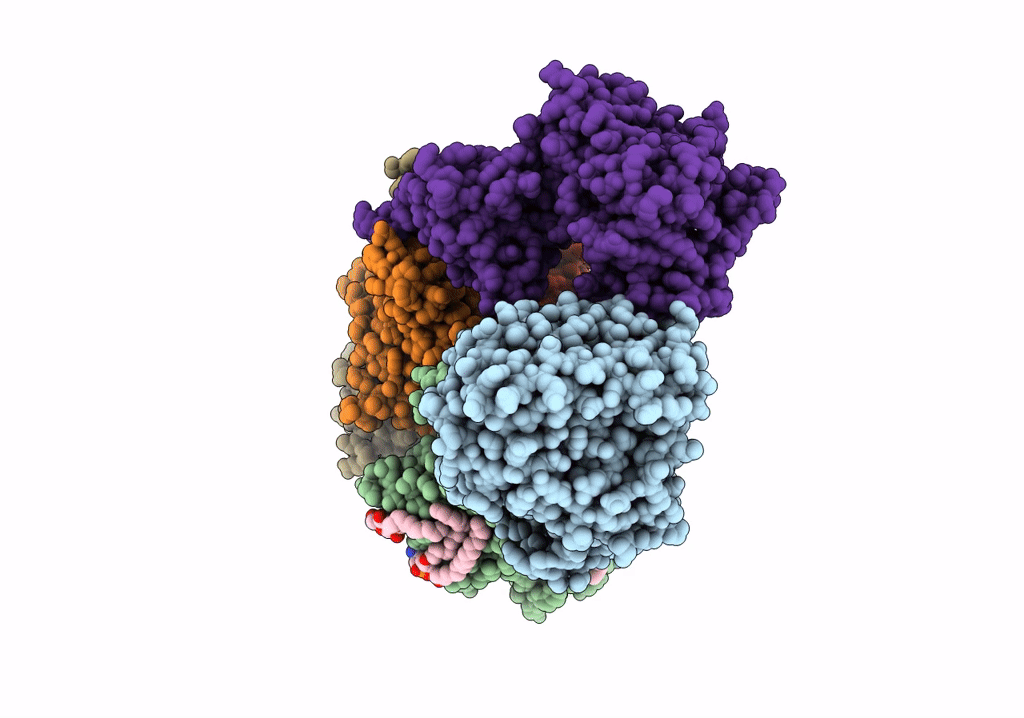
Deposition Date
2022-04-19
Release Date
2022-07-20
Last Version Date
2022-08-10
Entry Detail
PDB ID:
7XK3
Keywords:
Title:
Cryo-EM structure of Na+-pumping NADH-ubiquinone oxidoreductase from Vibrio cholerae, state 1
Biological Source:
Source Organism:
Vibrio cholerae O395 (Taxon ID: 345073)
Host Organism:
Method Details:
Experimental Method:
Resolution:
3.10 Å
Aggregation State:
PARTICLE
Reconstruction Method:
SINGLE PARTICLE


